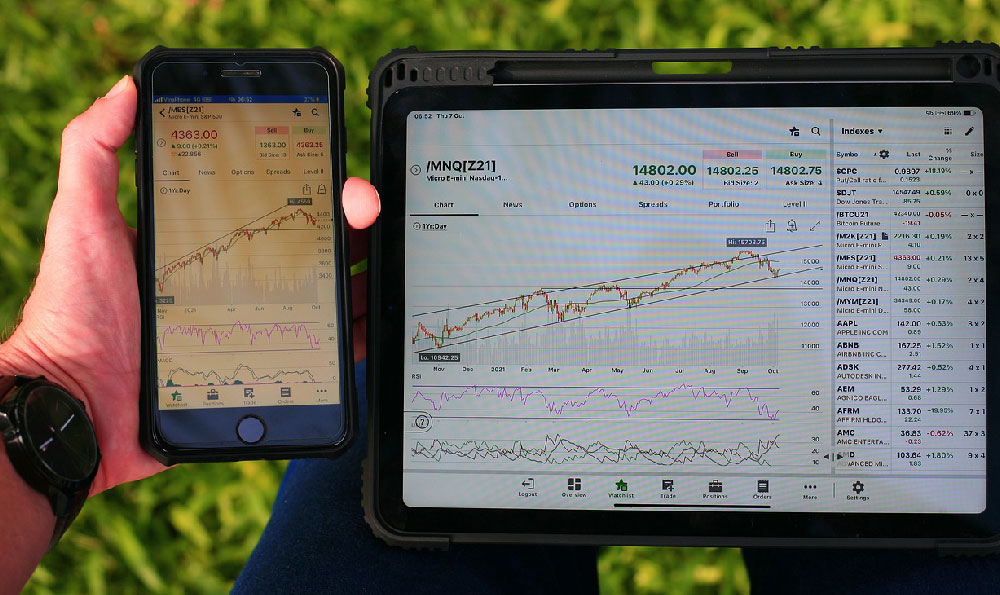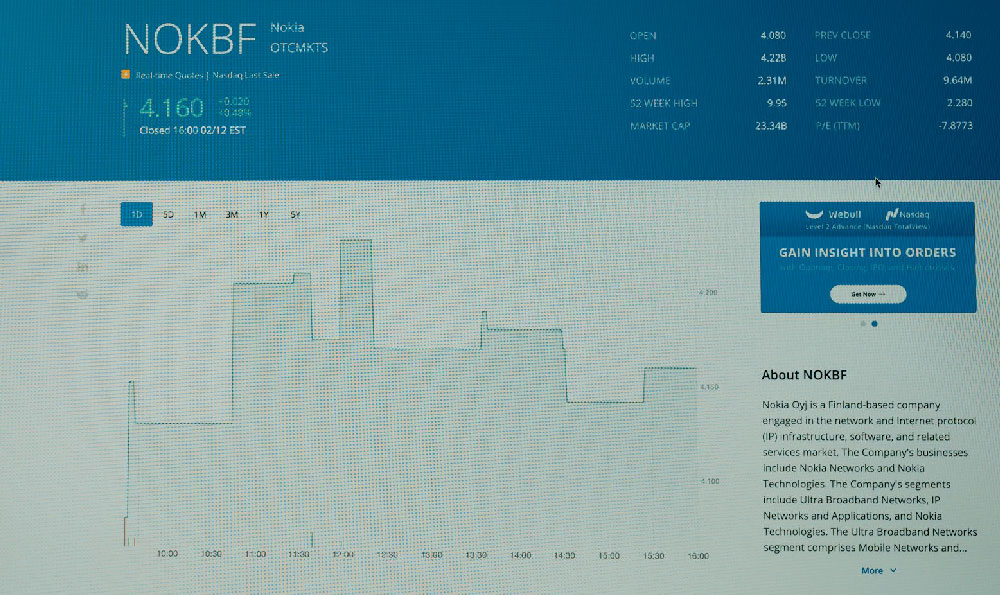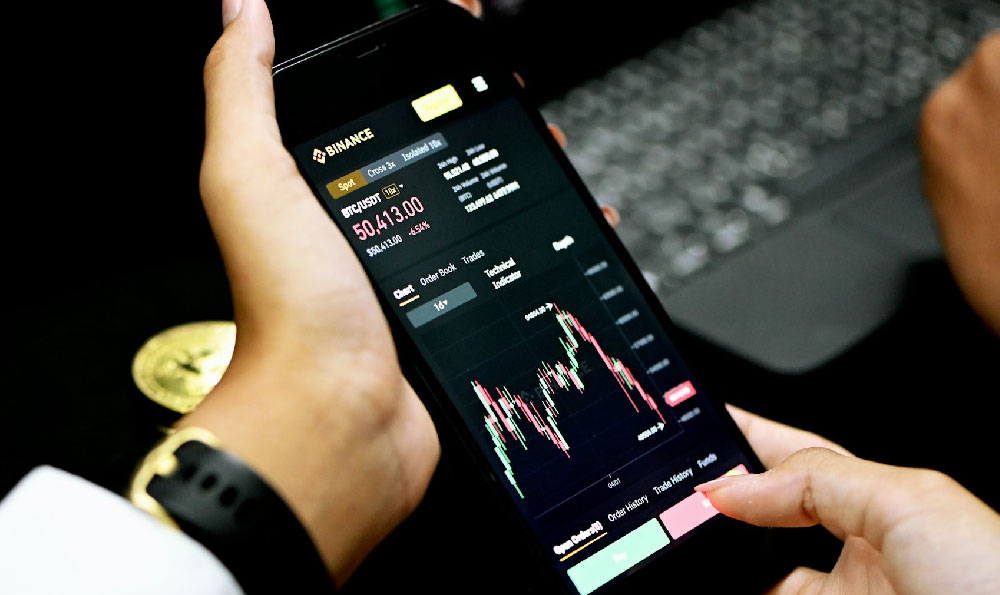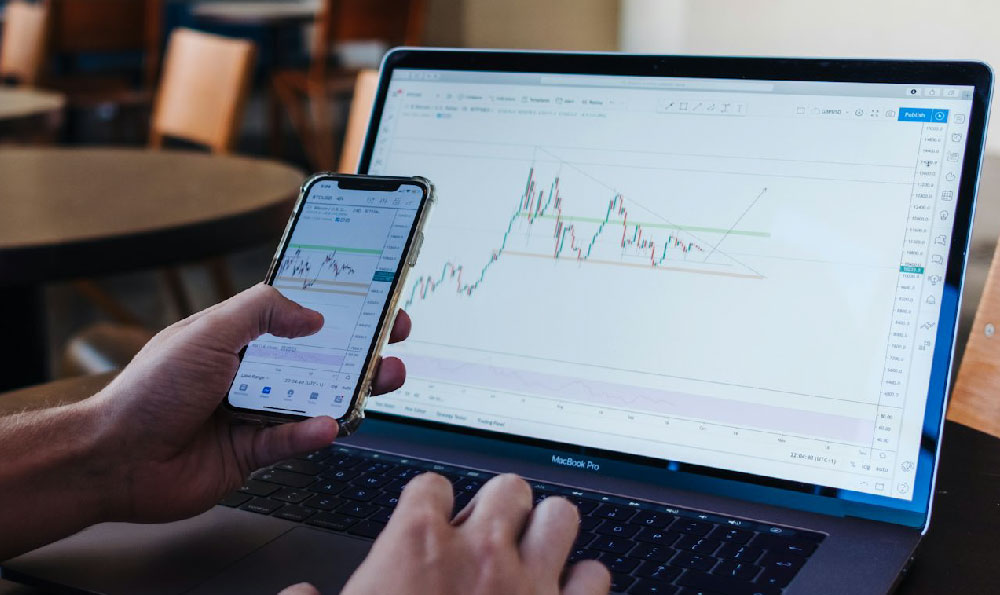How Many YouTube Views Do You Need to Get Paid? Is Monetization Possible?

Ah, the allure of YouTube monetization! It's a question on the minds of aspiring creators everywhere: how many views does it really take to start seeing some green? And is it even realistic to aim for a monetized channel? The answer, as with most things in the world of finance and online platforms, is nuanced. It's not simply about hitting a magic number and poof, money starts raining down. It's about understanding the intricacies of YouTube's Partner Program, the role of various metrics, and, crucially, managing expectations.
Let's begin by dismantling the myth that views alone translate directly into income. YouTube doesn't pay per view. Instead, they pay based on ad revenue. This revenue is generated when ads are displayed on your videos, and viewers interact with those ads (either by watching them completely or clicking on them). Therefore, the critical metric isn't just the number of views, but the type of views, specifically, monetized views. A monetized view is a view where an ad was shown and potentially interacted with.
So, what determines if a view is monetized? Several factors are at play. First and foremost, your channel needs to be accepted into the YouTube Partner Program (YPP). To be eligible for the YPP, you must meet certain requirements, most notably: you need to have at least 1,000 subscribers and 4,000 valid public watch hours in the past 12 months. These are not just arbitrary numbers; they're designed to filter out low-quality or inactive channels. They demonstrate that you're committed to creating content and building a community.

Once you meet those requirements and are accepted into the YPP, you can enable monetization on your videos. However, even with monetization enabled, not every view will generate revenue. Factors such as viewer location, ad quality, ad type, and the viewer's ad blocker usage all influence whether an ad is served and, consequently, whether the view is monetized. For instance, viewers in countries with higher advertising rates (like the United States or the United Kingdom) tend to generate more revenue per view than viewers in countries with lower rates. Similarly, certain types of ads (like skippable video ads or bumper ads) might pay more than others.
The actual revenue you earn per thousand monetized views (RPM) is a crucial metric to understand. RPM is the revenue you earn per 1,000 views after YouTube takes its cut (typically 45%). This figure varies significantly depending on the factors mentioned earlier, and also on the niche you operate in. For example, channels focused on finance, business, or technology often command higher RPMs than channels focused on gaming or entertainment, simply because advertisers in those industries are willing to pay more to reach a targeted audience. A channel about personal finance might have an RPM of $10-$20, while a gaming channel might only see an RPM of $2-$5. These are just examples, and the actual numbers can fluctuate considerably.
Now, let's get back to the original question: how many views do you need to get paid? Let's say your channel has an RPM of $5. This means that for every 1,000 monetized views, you earn $5. To earn $100, you would need 20,000 monetized views. To earn $1,000, you would need 200,000 monetized views. These numbers illustrate the scale involved in generating significant income from YouTube. It's not a get-rich-quick scheme; it requires consistent effort, high-quality content, and a deep understanding of your audience and the YouTube algorithm.
The YouTube algorithm plays a significant role in determining how many people see your videos. The algorithm prioritizes videos that keep viewers engaged and watching for longer. This means that factors like watch time, audience retention, and click-through rate are crucial for getting your videos recommended to a wider audience. Creating compelling thumbnails, writing engaging titles, and producing high-quality content that keeps viewers hooked are all essential for maximizing your reach and increasing your view count.
Beyond ad revenue, there are other ways to monetize your YouTube channel. These include:
-
Channel Memberships: Allowing viewers to pay a recurring fee for exclusive content, badges, and perks.
-
Super Chat & Super Stickers: Allowing viewers to pay to have their messages highlighted during live streams.
-
Merchandise Shelf: Selling branded merchandise directly on your YouTube channel.
-
YouTube Premium Revenue: Earning a portion of YouTube Premium subscription fees based on the watch time your videos generate for Premium subscribers.
-
Sponsorships and Brand Deals: Collaborating with brands to create sponsored content in exchange for payment.
These alternative monetization methods can significantly boost your overall income, especially as your channel grows and builds a loyal audience.
So, is monetization possible? Absolutely, but it requires a long-term perspective, a strategic approach, and a willingness to learn and adapt. Don't focus solely on the number of views; focus on creating valuable content that resonates with your audience, building a community around your channel, and diversifying your monetization strategies. Understand that it takes time and effort to build a successful YouTube channel. Don't be discouraged by slow initial growth. Stay consistent, experiment with different content formats, and analyze your analytics to understand what works and what doesn't. Furthermore, always ensure you're adhering to YouTube's community guidelines and monetization policies to avoid any penalties or suspensions. By focusing on creating quality content and building a loyal audience, you'll be well on your way to achieving your YouTube monetization goals. Remember, success on YouTube is a marathon, not a sprint.















